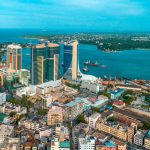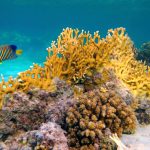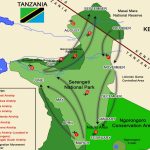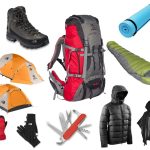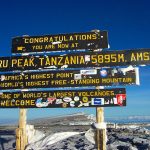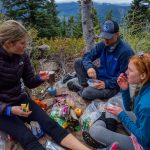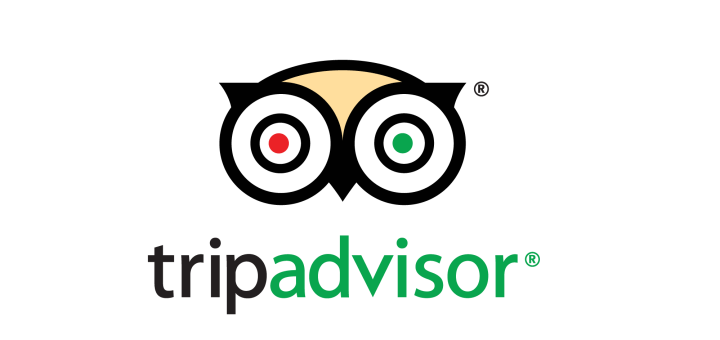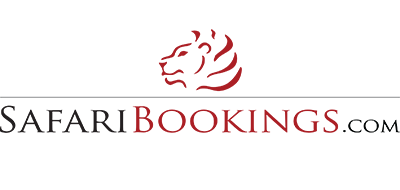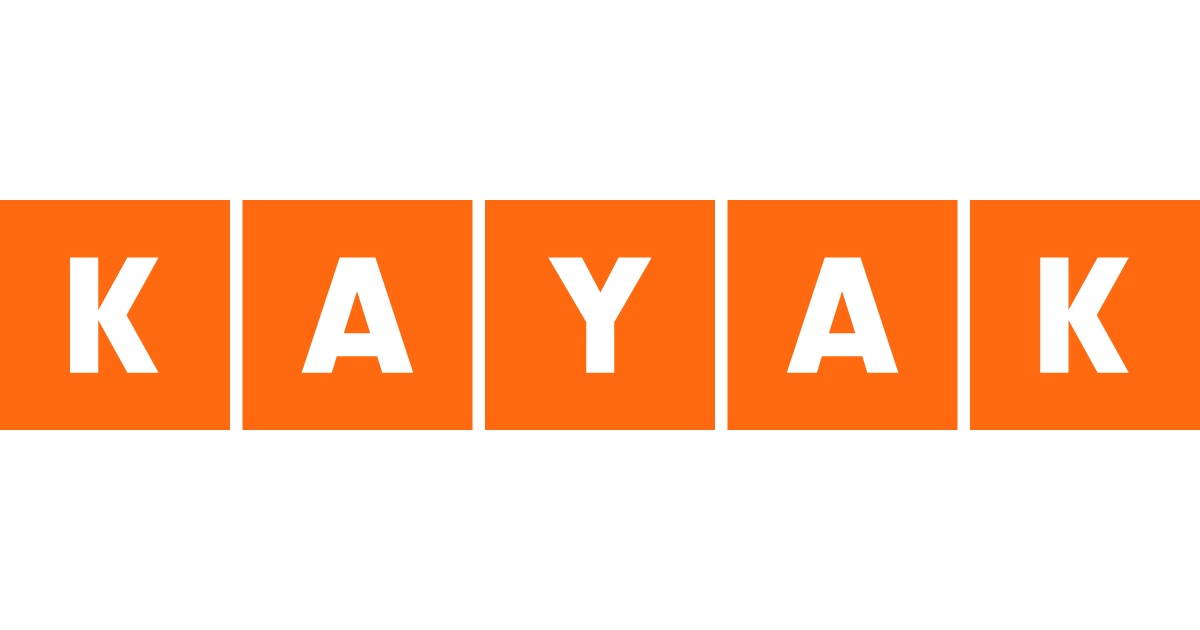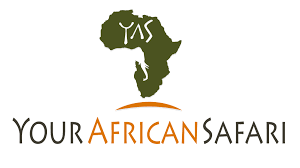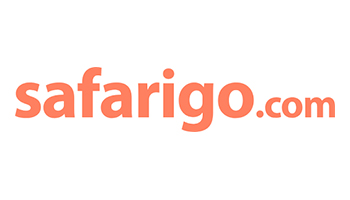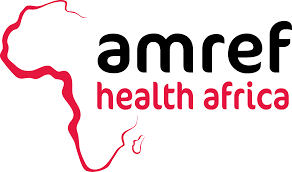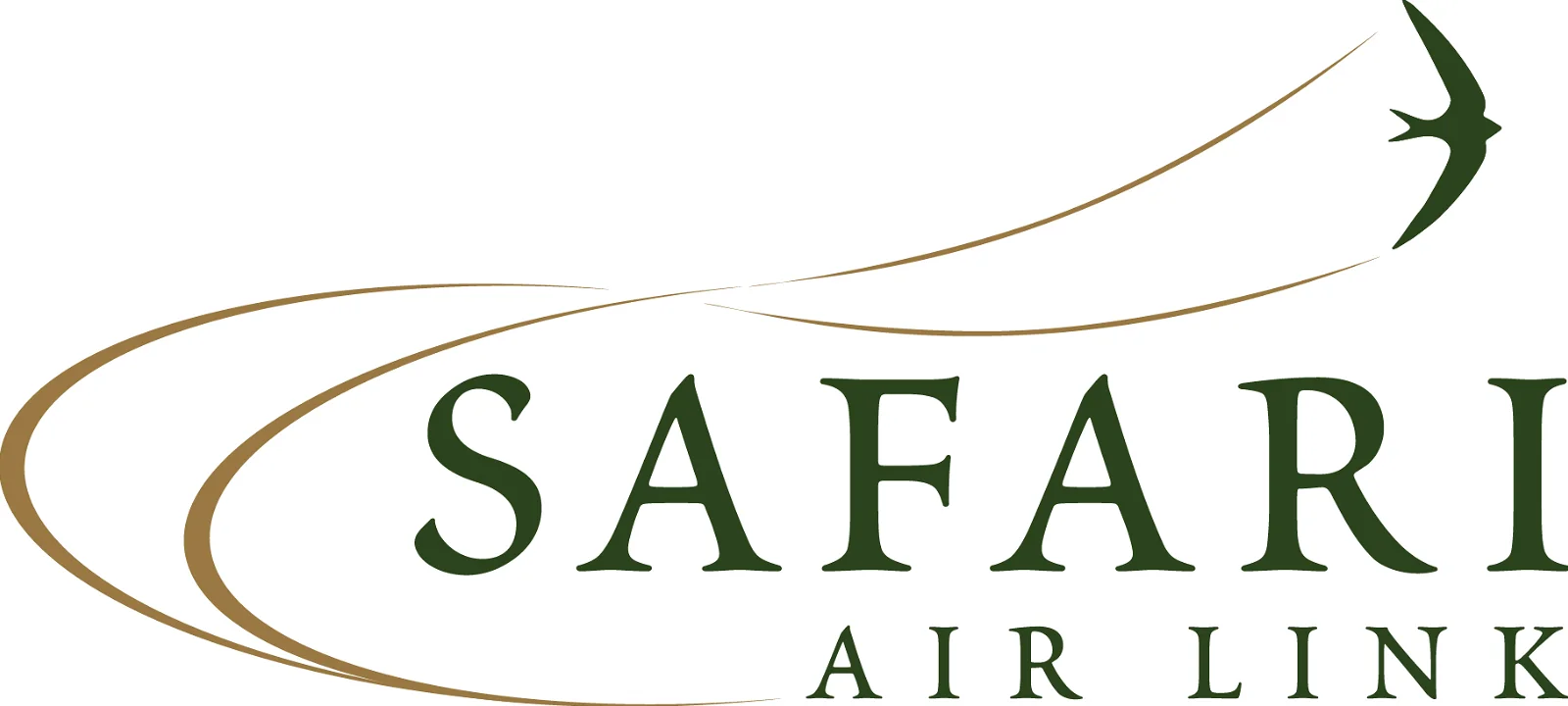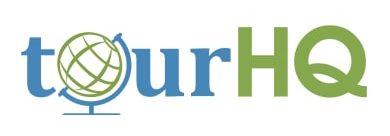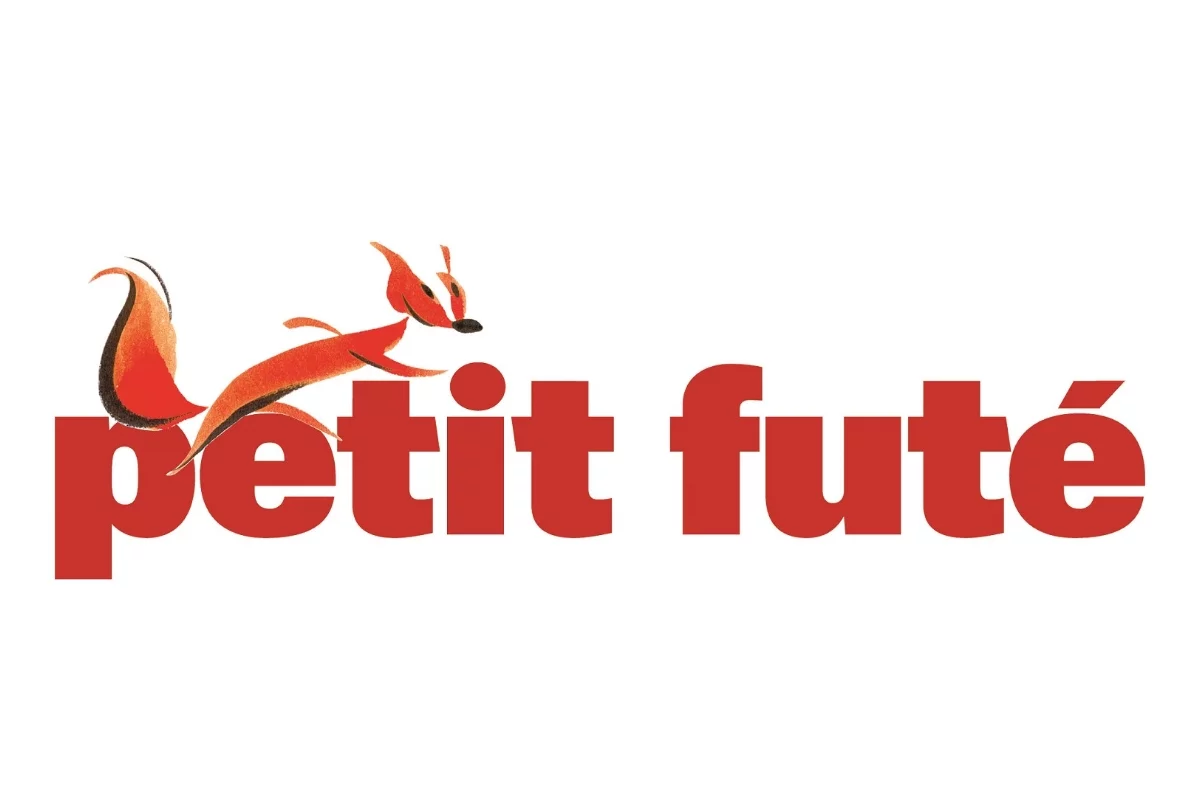By guiding over 200 clients per year, our team at Mateys Wild Tours has extensive experience in preventing, recognizing, and treating Acute Mountain Sickness (AMS). We follow established protocols for handling emergencies on the mountain, including rescue and evacuation procedures.
Health checks are conducted twice daily to monitor pulse, temperature, blood pressure, and oxygen saturation. First Aid Medical Kits are carried on all climbs. We provide Kilimanjaro Search and Rescue (SAR) helicopter evacuation for injured or ill climbers, now available again. All our guides are certified Wilderness First Responders (WFR) and continuously update their safety knowledge to ensure the well-being of all climbers and safari clients. Regular team meetings are held to share safety experiences, and before every hike, your lead guide will introduce the safety guidelines so you are prepared for any situation that may occur while climbing or on safari.
Health Checks.
When climbing Mount Kilimanjaro, health checks are essential to ensure climbers are safe and fit to ascend, especially given the risks of high altitude. These checks are performed by our trained guides and can include:
- Oxygen Saturation (SpO2) Check – Using a pulse oximeter to measure blood oxygen levels, which indicates how well your body is acclimatizing. Normal at sea level is 95–100%, and acceptable at high altitude is usually 80–90%. Levels below 75% are closely monitored.
- Heart Rate Check – Measured with a pulse oximeter or manually, elevated heart rates can be normal at altitude, but extreme spikes may signal stress or AMS.
- AMS Symptom Check – Using the Lake Louise Scoring System (LLSS) to evaluate headache, nausea, fatigue, dizziness, and sleep difficulty. Guides may ask climbers to rate symptoms from 0–3.
- Temperature Check – Detects fever or hypothermia.
- Breathing Rate Observation – Rapid or labored breathing can indicate AMS or more serious conditions like HAPE.
- Cognitive Function Test – Simple tasks like counting backward to assess mental clarity and detect HACE.
- General Physical Check – Assessment of balance, gait, skin color, and hydration.
Acute Mountain Sickness (AMS).
As altitude increases, the number of oxygen molecules per breath decreases. At 3,600 meters, there are roughly 40% fewer oxygen molecules per breath. Altitude sickness occurs when the body fails to adapt quickly enough. Symptoms may begin as low as 2,500 meters, though serious symptoms usually appear above 4,500 meters. Read more about Acute Mountain Sickness (AMS)
Acclimatization Guidelines.
- Pre-acclimatize by hiking at high altitudes before your trip.
- Walk slowly (pole pole) and take deep, deliberate breaths.
- Follow “climb high, sleep low” whenever possible.
- Stay hydrated (4–5 liters per day) and maintain a high-calorie diet.
- Altitude medication such as Diamox may help prevent AMS symptoms, but is not a guarantee. Always consult your doctor before use.
- Avoid tobacco, alcohol, and depressant drugs that impair respiratory drive.
- If symptoms appear, do not ascend until they improve. Descend if symptoms worsen.
Daily Health Checks.
Our WFR-certified guides monitor climbers’ well-being throughout the climb. Morning and evening checks include pulse oximeter readings, blood pressure, oxygen saturation, and observation of symptoms. Early reporting of discomfort allows our team to respond quickly, preventing serious complications.
Pulse Oximeter & Blood Pressure Monitoring.
Pulse oximeters measure blood oxygen saturation and pulse rate via the fingertip. Normal oxygen levels at sea level are 95–100%, and on Kilimanjaro, 80–90% is expected with proper acclimatization. Blood pressure is also monitored, as high readings can strain the heart and arteries. Guides are trained to identify critical thresholds and respond appropriately.
Altitude Medication.
Diamox (acetazolamide) is FDA-approved for AMS prevention. It increases respiration to help the body acclimatize and should be started before ascent. Side effects may include tingling in fingers or toes, taste alterations, excessive urination, or rare vision changes. Diamox does not mask symptoms; descent is always the most effective treatment. Ibuprofen can relieve altitude-induced headaches.
Emergency Oxygen & Mountain Rescue.
Bottled oxygen is carried as a precaution but is not a substitute for acclimatization. Rapid descent remains the primary treatment for serious altitude sickness.
Helicopter Search and Rescue (SAR).
Mateys Wild Tours partners with Kilimanjaro SAR, providing fast helicopter evacuation for climbers in distress. Airbus AS 350 B3 helicopters are stationed at Moshi Airport and can be airborne within five minutes of a distress call. The team includes expert pilots, doctors, and emergency technicians trained in mountain medicine. SAR also runs a 24-hour clinic specializing in altitude illness and trauma. Helicopter rescue requires valid travel insurance covering trekking up to 6,000 meters; our staff verifies coverage before the climb.
Final Note.
Mateys Wild Tours prioritizes your safety above all. From high-altitude climbs to safari adventures, our trained guides, emergency protocols, and safety practices ensure that you can enjoy Tanzania’s beauty while minimizing risks. By listening to your guide, following instructions, and taking necessary precautions, your adventure will be not only unforgettable but also safe.

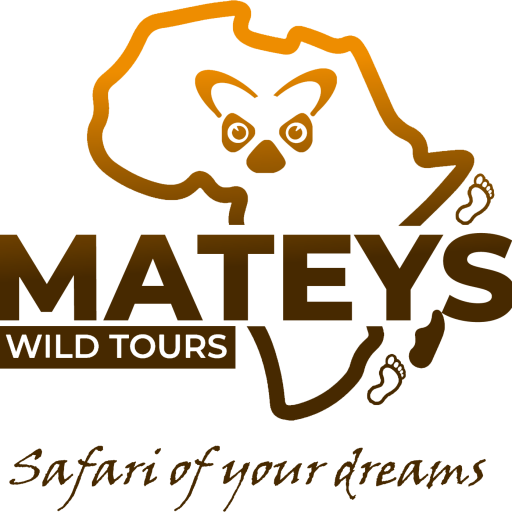
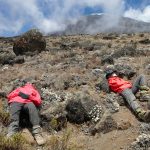
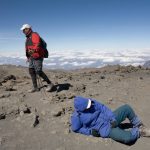





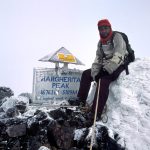
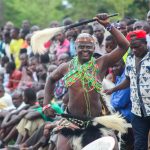
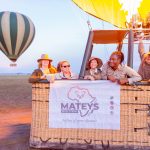
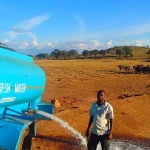
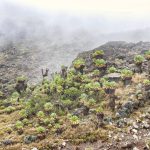
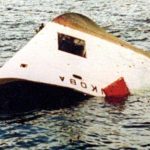
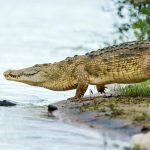
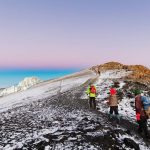
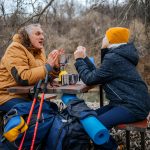
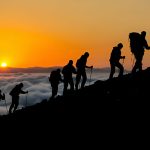

![How Did Mount Kilimanjaro Get Its Name? Meaning & History Explained [2025 Guide]](https://www.mateyswildtours.com/wp-content/uploads/2025/06/How-Did-Mount-Kilimanjaro-Get-Its-Name-Meaning-History-Explained-2025-Guide-150x150.jpeg)
